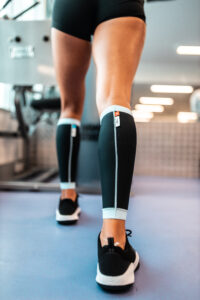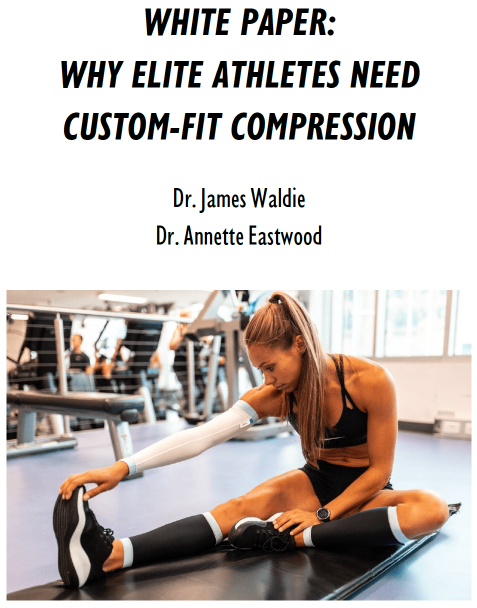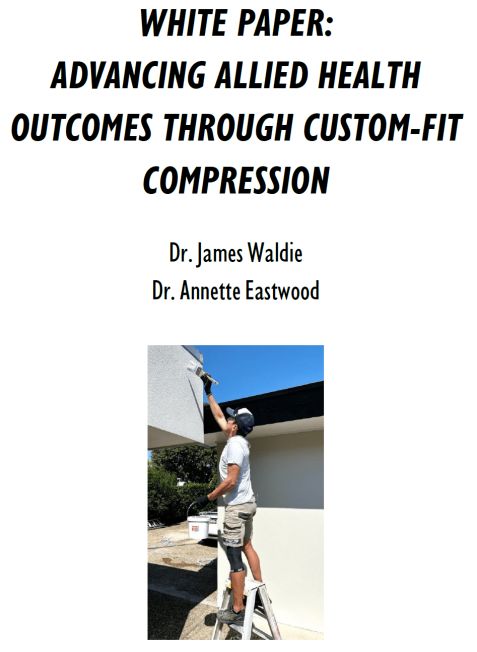Updated: Aug 24, 2020
Compression garments are used widely by elite and recreational athletes to improve performance and facilitate recovery, but what is the science behind compression and what are the physiological benefits of wearing compression garments?
Compression garments are skin tight garments which exert compressive forces against the skin. This improves blood flow and results in greater oxygen delivery to the muscles and more effective removal of metabolic waste products.
The effect of wearing compression garments on athletic performance and recovery has received considerable attention in the scientific literature. The physiological mechanisms by which compression garments are suggested to improve performance during exercise include:
· Increased blood flow
· Improved venous return
· Increased perfusion
· Increased oxygen delivery to the muscles
· Increased joint proprioception
· Decreased perception of fatigue
In addition to the effects on performance, research has also focused on the effects of wearing compression garments in the recovery period, with a number of studies showing improvements in recovery due to:
· Increased in blood flow
· Increased removal of waste products
· Decreased swelling
· Decrease in markers of muscle damage
· Decrease in muscle oscillation
· Decreased muscle soreness
Compression garments have also been shown to enhance an athlete’s perceptual recovery. There is evidence that compression garments have a beneficial effect on ratings of muscle soreness when they are worn during training or in the recovery period, which may help subsequent performance within a short time frame. This is particularly important for athletes who are competing in multiple day events where recovery is paramount.
The physiological benefits of wearing compression garments are important for athletes undertaking extensive travel as part of their competition schedules. By increasing blood flow and reducing swelling and oedema, compression garments can assist in reducing the risk of deep vein thrombosis during travel and ensure that athletes are well prepared to perform at their best when they arrive at their destination.
Whilst there is evidence of performance improvements and enhanced recovery with the use of compression garments, there are also a number of studies who have failed to show a performance benefit or improved recovery from wearing compression garments, therefore questioning the benefits of these garments. However, research has also shown that poorly fitting garments have little or no effect on performance or physiological markers of recovery. Indeed, such garments can impede performance and recovery.
If a study states “garments were sized as per manufacturer recommendations”, then you can dismiss the findings as only relevant for standard sized athleisure-type garments, not professional custom-fit compression. Off-the-shelf athleisure garments impose highly inconsistent pressure regimes, and are the cause for ambiguity around the benefits of compression in the sports industry. The pressure exerted by commercially available garments may be insufficient to improve performance or recovery which may explain the lack of beneficial effects in some studies. Therefore, it is important that compression garments are custom fitted to the individual athlete and specific compression regimes are applied.
In future blogs we’ll look in greater detail into specific physiological effects, and their impact on performance and recovery.





